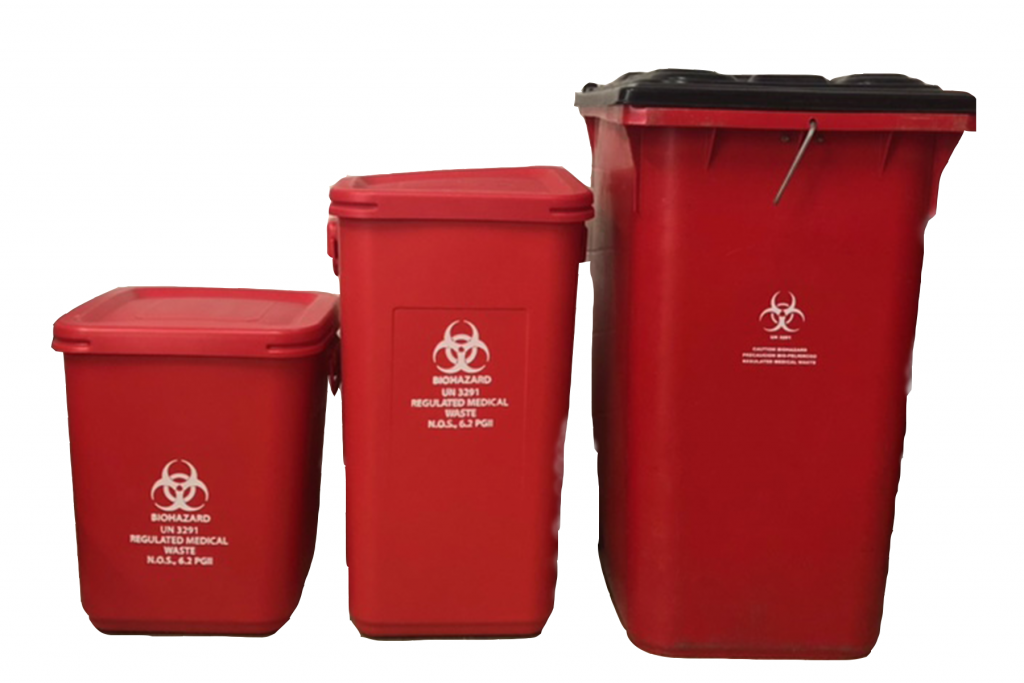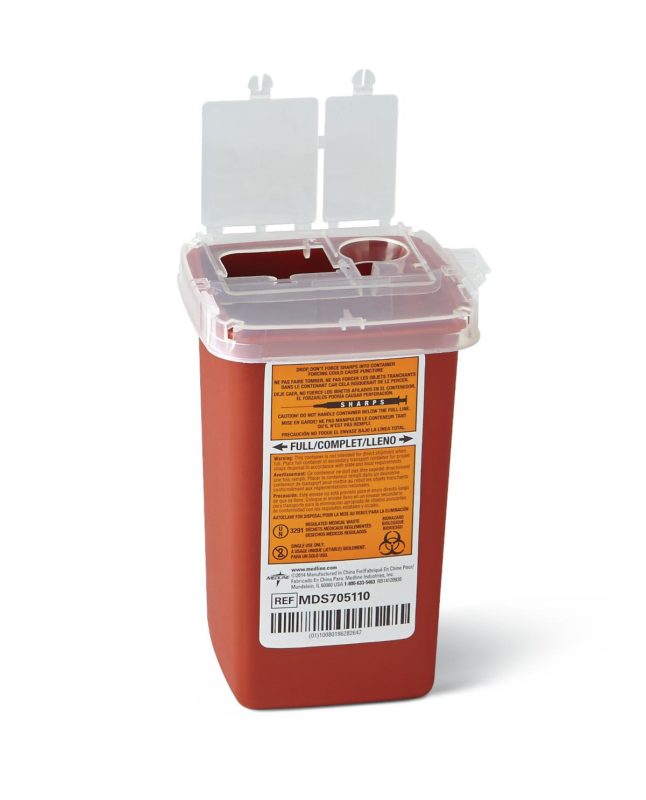Medical Waste Removal Proficiency: Where Service Quality Meets Wellness Requirements
Remain Ahead of Rules: Expert Advice on Medical Garbage Disposal
In a world where the medical care market is frequently evolving, it is crucial for medical facilities to stay in advance of guidelines when it comes to the proper disposal of clinical waste. From understanding the different groups of medical waste to applying the appropriate collection and partition approaches, this conversation will give beneficial insights and actionable suggestions to aid facilities remain in advance of policies in the ever-changing landscape of clinical waste disposal.
Understanding Clinical Waste Categories
Understanding medical waste classifications is vital for proper disposal and monitoring in medical care facilities. Medical waste refers to any waste created by health care activities that may present a risk to public health or the atmosphere. It is vital to classify clinical waste precisely to guarantee its secure handling, disposal, transport, and therapy.
There are a number of classifications of clinical waste that medical care centers require to be familiar with. The most typical classifications consist of transmittable waste, pathological waste, sharps waste, pharmaceutical waste, and chemical waste. Each category has particular standards and regulations for its correct management and disposal.
Transmittable waste includes materials infected with blood or various other physical liquids, such as gloves, dress, and research laboratory cultures. Pathological waste describes human tissues, organs, or body components that need special delivery and disposal. Sharps waste includes used needles, syringes, and various other sharp things that can create injury and transmit infections. Pharmaceutical waste comprises run out, unused, or infected medicines that require mindful handling and disposal. Chemical waste consists of solvents, disinfectants, and various other chemical compounds utilized in medical care facilities.
Remaining Up-To-Date With Regulatory Modifications
Staying present with governing adjustments is important for medical care centers to guarantee conformity and proper administration of medical garbage disposal. medical waste removal. With guidelines frequently advancing, it is important for health care centers to stay current to avoid charges, penalties, and prospective harm to the environment and public health
To stay in advance of governing adjustments, health care facilities must establish a system for tracking and monitoring updates. This can be done by registering for governing newsletters, going to workshops and seminars, and proactively taking part in market associations. Additionally, centers ought to designate a personnel or group accountable for staying informed and distributing details to pertinent stakeholders.
Routine communication with regulatory firms is additionally vital. Health care centers need to establish partnerships with regional, state, and federal companies to ensure they understand any kind of modifications in guidelines that may impact their waste management methods. This can be done via routine meetings, engagement in public remark durations, and proactive involvement with governing agencies.
Furthermore, medical care facilities ought to take into consideration partnering with waste administration companies that focus on medical waste disposal (medical waste disposal services with WasteX). These business are usually skilled in the latest policies and can provide advice and assistance to guarantee conformity
Carrying Out Proper Collection and Partition Techniques
To properly take care of clinical waste disposal, healthcare facilities need to develop correct collection and partition techniques according to governing guidelines. Executing these methods guarantees the secure handling and disposal of possibly harmful materials, safeguards the setting, and lessens the danger of infections and injuries to healthcare workers and the general public.
Proper collection and partition approaches include using assigned containers and classifying systems. Medical care centers should supply clearly labeled containers for various kinds of medical waste, such as sharps, transmittable waste, pharmaceutical waste, and non-hazardous waste. These containers should be color-coded and clearly significant to avoid complication and promote simple recognition.
In addition, medical care centers must educate their team on the right procedures for collecting and setting apart clinical waste. This includes informing them on the various types of waste, the proper containers to use, and the value of complying with standards and policies. Routine training sessions and correspondence course ought to be conducted to make sure that team member stay updated on best techniques.
Moreover, medical care centers need to develop a system for normal collection and disposal of medical waste. This may involve partnering with accredited waste administration firms that concentrate on medical garbage disposal. These firms will make sure that the accumulated waste is transferred medical waste disposal services with WasteX and taken care of in compliance with regulatory demands.
Selecting the Right Disposal Techniques

Incineration is among the most common and reliable methods for throwing away specific types of clinical waste, such as pathological waste and sharps. It entails the regulated combustion of waste at high temperature levels, reducing it to ash. Incineration can release harmful pollutants right into the air and add to air pollution.

Chemical therapy involves the use of chemicals to decontaminate and neutralize the waste. Microwave treatment utilizes microwave energy to warm and decontaminate the waste.
Making Sure Compliance Via Documents and Training
After carefully thinking about the suitable disposal methods for clinical waste, healthcare facilities need to ensure conformity with regulations and minimize ecological effect by executing effective paperwork and training treatments. This step is critical in keeping a sustainable and safe environment for both medical care employees and the public.

Health care workers that take care of clinical waste ought to get suitable training on waste segregation, handling, and disposal treatments. By providing extensive training, health care facilities can empower their personnel to make educated decisions and lessen the risk of improper waste disposal.
Final Thought
To conclude, staying ahead of laws in medical garbage disposal is essential for medical care facilities. medical waste removal near me. Understanding the different groups of medical waste, remaining upgraded with governing changes, implementing correct collection and segregation approaches, selecting the proper disposal techniques, and guaranteeing conformity through documentation and training are all vital actions. By complying with these standards, healthcare companies can properly manage and dispose of medical waste Recommended Site in a secure and responsible way
From comprehending the different categories of clinical waste to applying the best collection and partition methods, this conversation will give workable tips and useful understandings to help facilities stay in advance of laws in the ever-changing landscape of medical waste disposal. - medical waste disposal services with WasteX
The most typical groups consist of infectious waste, pathological waste, sharps waste, pharmaceutical waste, and chemical waste. Medical care centers should give plainly labeled containers for different types of medical waste, such as sharps, transmittable waste, pharmaceutical waste, and non-hazardous waste. Healthcare facilities need to establish an extensive system to videotape and track all aspects of clinical waste disposal, consisting of types of waste generated, amounts, and disposal methods used. Healthcare employees that deal with medical waste must receive proper training on waste partition, dealing with, and disposal procedures.